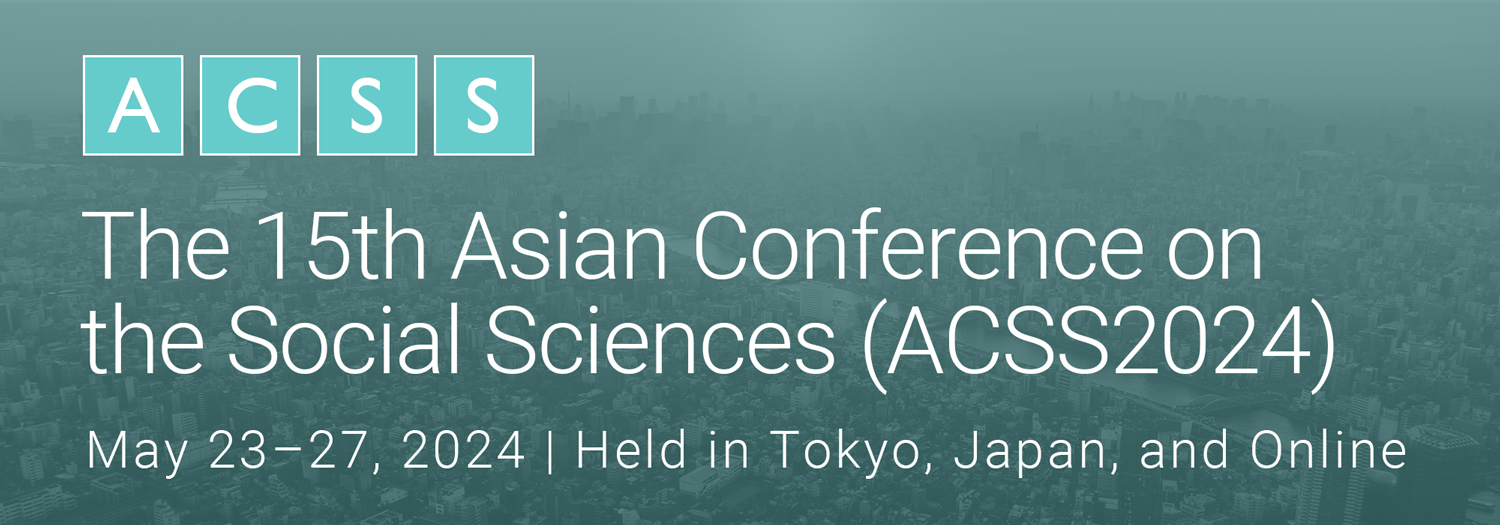The Meaningful Pixel and Texture: Exploring Digital Vision and Art Practice Based on Chinese Cosmotechnics (77683)
Session: On Demand
Room: Virtual Poster Presentation
Presentation Type: Virtual Poster Presentation
The study introduces a fresh perspective on the digital realm through an examination of the Chinese concept of Xiang, elucidating how it can build an understanding of pixels and textures on screens as digital trigrams. This concept attempts to offer an outlook on the intersection of digital technology and the natural world, thereby contributing to discussions about the harmonious relationship between humans and technology. Xiang, the basement of Chinese visual art, is rooted in ancient Chinese philosophy and connected to the eight trigrams. The discussion of Xiang connects art, philosophy, and technology. This paper connects the meaning of Xiang with the 'truth appearing' philosophically through the analysis of the concepts of phenomenon and noumenon and the unique Chinese way of observing. Hereafter, the historical interconnection between ancient painting and writing in China emphasizes their relationship between technical craftsmanship and artistic expression. In digital, the paper blurs the traditional boundaries between images and text on digital screens in theory. Lastly, this study identified an ensemble concept relating to pixels and textures in computer vision, drawing inspiration from AI image recognition in Chinese paintings. In art practice, by presenting a fluid visual experience in the form of pixels, which mimics the flow of lines in traditional calligraphy and painting, it is hoped that the viewer will be brought back to the process of the truth appearing as defined by the 'Xiang’.
Authors:
Xingdu Wang, Lancaster University, China
Gere Charlie, Lancaster University, United Kingdom
Emma Rose, Lancaster University, United Kingdom
Yuxuan Zhao, Lancaster University, United Kingdom
See this presentation on the full schedule – On Demand Schedule
The Virtual Poster Presentation PDF is not currently available.





Comments
Powered by WP LinkPress